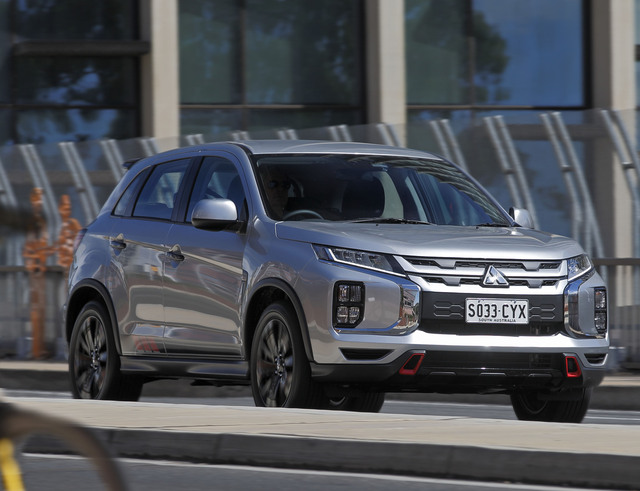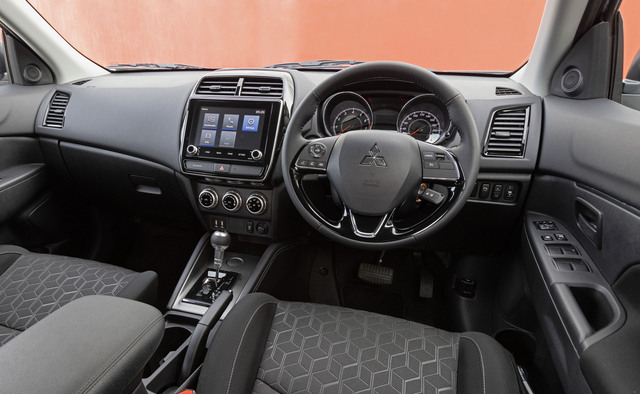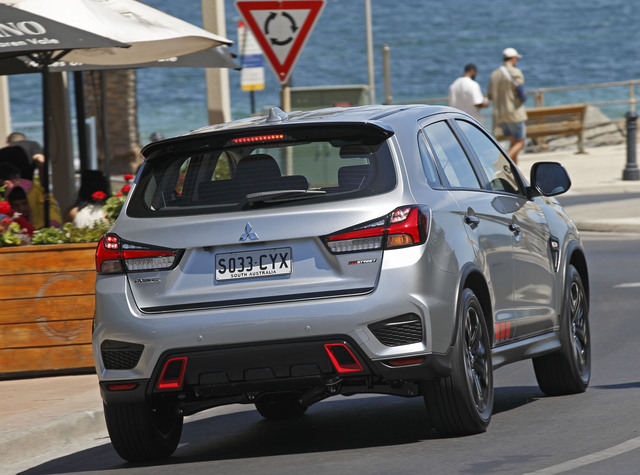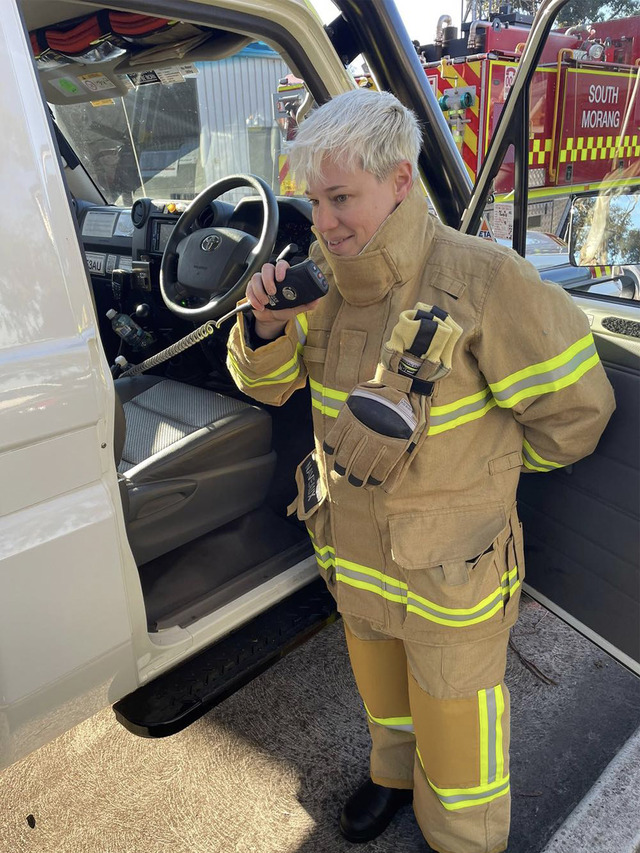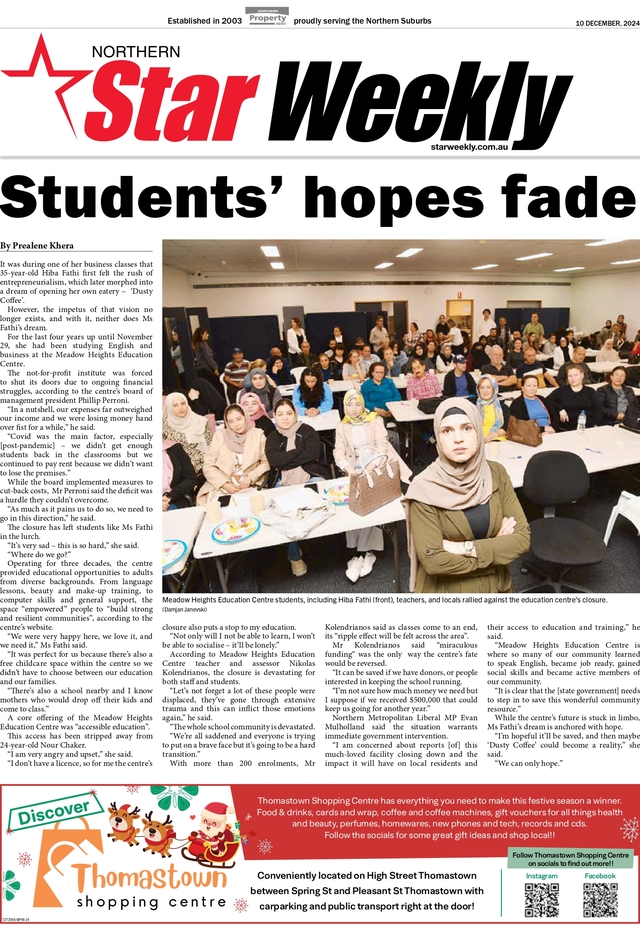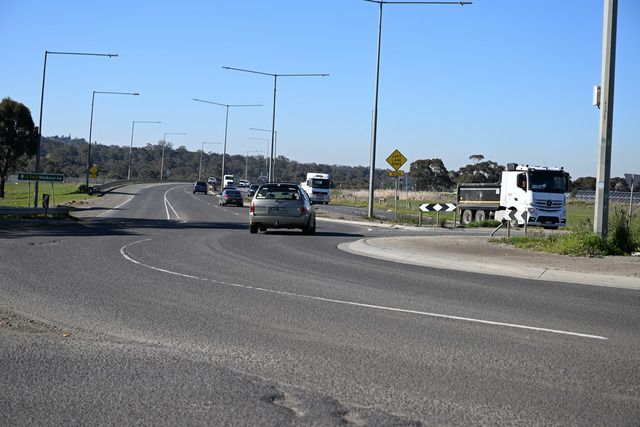Mitsubishi ASX is the smallest vehicle in the company’s four-model SUV range beneath the Eclipse Cross, Outlander and Pajero Sport.
ASX (the acronym stands for Active Sports Crossover, not Australian Stock Exchange) has been around since 2010 and competes against a host of rivals in the small SUV category including Hyundai Kona, Mazda CX-30, Kia Seltos, Subaru XV, Toyota C-HR and the class sales leading MG ZS.
Despite being largely unchanged throughout the decade, ASX has been a star performer for Mitsubishi thanks to a combination of sensible design, functionality and sharp pricing.
The ASX comes with the choice of six variants: GS, ES, MR, LS, GSR and Exceed. The first four are powered by a 2.0-litre petrol engine, while the GSR and Exceed step up to 2.4 litres. GS comes with the choice of manual or CVT automatic transmission, all others are auto only.
Buyers looking for a used ASX will get the option of diesel power and/or all-wheel drive but the current model only has petrol and front-wheel drive.
Prices range from $24,490 for a manual GS though to $35,240 for the Exceed.
STYLING
Recent upgrades have given ASX a much bolder look especially with the latest version of the Mitsubishi Dynamic Shield front end. That and other tweaks have turned it into one of the best-looking vehicles in its class.
Wheels range from 16-inch steel with the GS to different styles of 18-inch alloys in the other variants.
LED headlights and daytime running lights are standard on all models with ES and above adding LED fog lights.
Our test vehicle was the ES model with a new Street accessory pack.
The pack adds a large black front spoiler, front and rear skid plates in black with red highlights, black tailgate protector, black exterior door handle covers, stainless steel door scuff plates and ‘Street’ decals.
INTERIOR
The dashboard of the ASX reflects the vehicle’s age with a small 8-inch touchscreen at the centre rather than the larger sweeping screens that are now in fashion. However, as was the case with the ignition key, we don’t mind that at all. The screen is angled towards the driver and within easy reach.
Importantly, the aircon and audio controls are large knobs located below the screen that can be operated with minimal driver distraction.
Rear seat legroom is pretty good for all but more than six-foot passengers who will need the usual compromise with those in front. Five can be carried but it’s better if the three in the back are kids.
There’s good headroom in all seats, although that could be an issue with the panoramic sunroof in the top-of-the-range Exceed.
Models up to the LS have fabric seat trim. The GSR gets microsuede trim and synthetic leather bolster with Exceed having powered and heated leather seats.
The gear shifter in ES Street is trimmed in aluminium and leather.
Boot space is 393 litres with the rear seatbacks in place.
ENGINES/TRANSMISSIONS
Going against the present trend towards turbocharging, both ASX engines are naturally aspirated.
The GS, ES, MR and LS get a 2.0-litre powerplant with outputs of 110 kW and 197 Nm at 4200 revs. The GSR and Exceed come with a 2.4-litre engine with power of 123 kW and torque of 222 Nm at 4100 rpm.
The GS manual has five speeds. All other models have continuously variable automatic transmission.
SAFETY
Standard safety features across the ASX range include seven airbags, enhanced ABS brakes, emergency stop signal, forward collision mitigation, active stability and traction control, hill start assist, rear view camera, and two Isofix child seat anchors.
The entry-level ES can be ordered with an ADAS package which adds lane departure warning; automatic dusk sensing headlights; blind spot warning; lane change assist; and rear cross traffic alert. These features are not available in the MR but are standard in the LS, GSR and Exceed.
INFOTAINMENT
All variants have an eight-inch touchscreen system in the top centre of the dashboard. It’s clear and easy to read with only minimal distraction needed to operate. There’s also voice activation.
Bluetooth pairing is fast and intuitive and there’s smartphone mirroring through wired Apple CarPlay or Android Auto along with DAB digital radio where available.
The Exceed gets a nine-speaker Rockford Fosgate premium sound system as well as integrated satellite navigation. Other models get four- or six-speaker generic audio.
There are twin USB-A ports at the base of the centre console in the GS and ES and two more, also USB-A, in the rear of the higher-spec models.
DRIVING
The ES Street that we tested had an ignition key rather than the almost universal push-button start in its competitors. That’s not necessarily a negative, especially with older buyers like ourselves, who like the fact that we always know where the key is located instead of rummaging around trying to find where you’d tossed the key fob.
For those who prefer push-button start, it’s standard from the LS models upwards.
The ASX is easy to drive and while not sporting it handles normal day-to-day driving competently. Ride comfort is good and the suppression of noise, vibration and harshness (NVH) works well.
The 2.0-litre engine does not reach anything like peak power of 110 kW until 6000 rpm, while torque is similarly tardy, at 197 Nm at 4200 revs.
The continuously variable transmission performance was adequate in city driving but came up wanting on overtaking. Sports mode had the ASX upping the ante with six-step operation.
It’s nicely responsive, which we like as it’s more pleasant to drive than many of the small displacement turbo-petrol engines that are in vogue nowadays.
Steering has a pleasant nice feel and gives the driver good response. Cornering is simple and the ASX generally follows the chosen line without you having to correct it midway through.
Road noise is generally well damped, but some stretches of Australia’s notorious coarse-chip surfaces set up a fair bit of noise in the cabin.
Fuel consumption with the 2.0-litre engine is listed at 7.6 litres per 100 kilometres. During our usual mix of urban and motorway conditions we averaged 9.1 L/100 km.
SUMMING UP
The Mitsubishi ASX is a bit of an enigma because, despite being still in its first generation after 14 years, it remains one of the best-selling vehicles in the compact SUV segment.
Having said that, regular styling, technology and safety updates – together with keen pricing – has allowed it to keep pace with its many, much younger rivals.
It’s practical, stylish and easy to drive and will appeal to both young families with preteen children and retirees alike.
Note that Mitsubishi is headlining its advertising with an industry-leading 10-year warranty. It certainly sounds attractive on the surface but less so when you drill down because not only is the 10-year deal dependent upon having all servicing done exclusively at Mitsubishi dealerships, but also the distance is limited at 200,000km.
If you choose to have your servicing done elsewhere then the coverage drops down to five years and 100,000 kilometres.
No doubt that will suit many buyers but deter others. Do your own sums.

